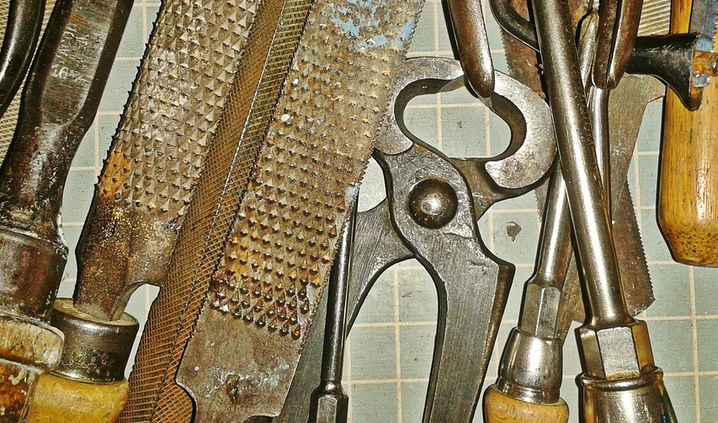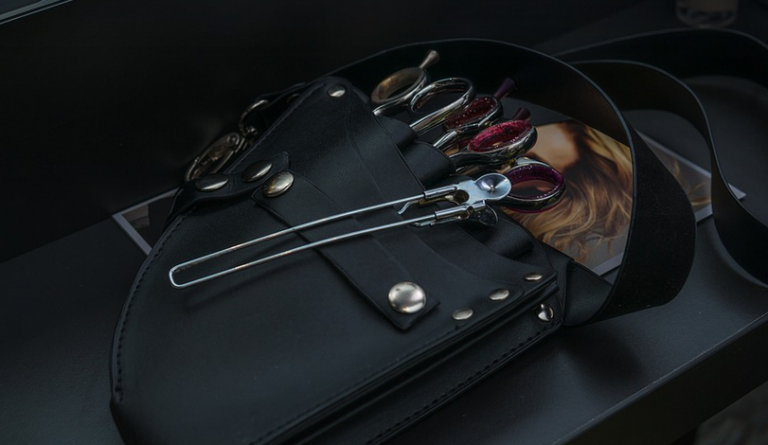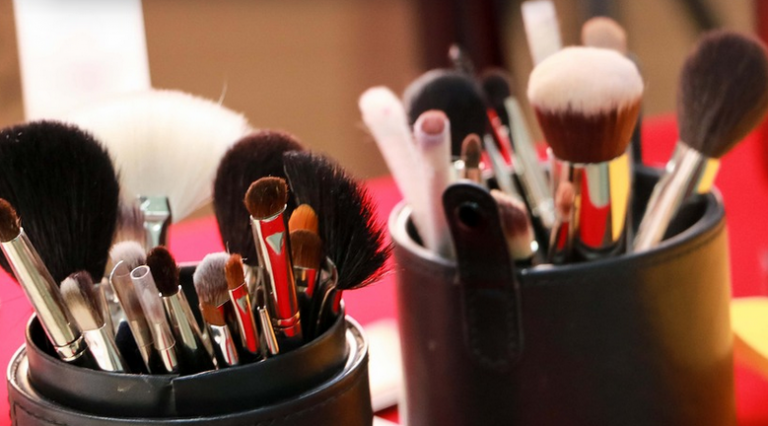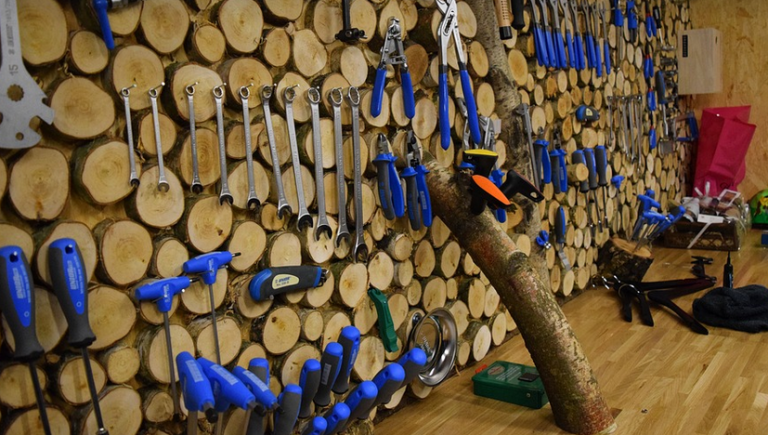
A Little Rulebook for Polishing Your Plate
Imagine this: you’ve just finished an absolutely delicious meal, and the table is cleared. But wait! There’s still one tiny detail to address – the cutlery placement. You might think it’s a small thing, but placing your cutlery after a meal isn’t just about aesthetics; it speaks volumes about your respect for tradition and good manners.
The act of placing your cutlery on the plate signals that you have finished your last bite, and are ready to leave. It’s a subtle nod to your host, showcasing your appreciation for the shared meal. It’s a silent acknowledgment of the effort that went into preparing the food – from sourcing ingredients to serving it, and everything in between.
While it might seem like an archaic practice nowadays with fast-paced living and changing dining habits, etiquette plays a critical role in fostering respect and good communication in social settings. It’s about building bridges of understanding and creating a space for genuine connection, even during casual meals.
Laying the Groundwork: The Story Behind the Rule
The reason behind this seemingly simple act has deep roots in history. For centuries, cutlery was placed on the table after a meal as a signal that the user had finished eating and was ready to be excused or offer their thanks. This tradition is rooted in the desire for clear signals of courtesy and respect within social gatherings.
However, the reason behind this practice goes beyond mere formality. It’s about respecting the host’s time and effort, recognizing that a meal is not just about consuming food but also about enjoying shared moments with loved ones.
During meals in various cultures around the world, the act of placing cutlery after a meal is often seen as an expression of gratitude. This practice shows your appreciation for the effort that went into preparing the meal and for hosting you. It’s a subtle gesture that conveys respect and acknowledges the shared experience.
This tradition of leaving the cutlery on the table, then being collected by the host, has evolved with time. However, it still reflects the underlying principles of courtesy and gratitude that have been ingrained in social etiquette for centuries.
Beyond the Basics: The Modern-Day Guide to Proper Etiquette
In today’s world, where busy schedules and ever-evolving dining habits can make adherence to formal rules a bit challenging. but the core principle remains the same – showing respect for the people who shared the meal with you.
While using your cutlery after a meal is still an established tradition, it’s important to remember that this is not a strict rule in most modern settings. However, when it comes to a formal or casual dinner party, where guests are seated at a table and served the food with no distractions, placing the cutlery on the table after a meal can be considered a courteous gesture.
Beyond simply following the etiquette rules, paying attention to your table manners is key. Good table manners involve more than just placing your cutlery properly; it also includes listening attentively during conversations, engaging in respectful discourse, and keeping your voice at a moderate volume.
Remember, good table manners are about creating a positive environment for everyone involved. If you can cultivate an atmosphere of respect and appreciation, the meal will become all the more pleasant!
Putting it into Practice: The Benefits of Following Etiquette
The act of placing your cutlery on the table after a meal offers several benefits beyond just showcasing courtesy.
Firstly, it helps to maintain an air of formality and elegance in social settings. It’s a subtle acknowledgment that you are participating in a shared experience of enjoying a meal with others. This creates a sense of togetherness and shared enjoyment.
Secondly, it shows appreciation for the effort that went into preparing the meal. It acknowledges that you took the time to sit down and enjoy your food, and it expresses gratitude to the people who prepared and served it.
Lastly, it fosters a sense of respect and courtesy in social interactions. It demonstrates a willingness to follow established rules and norms, which can contribute to building stronger relationships with others.



